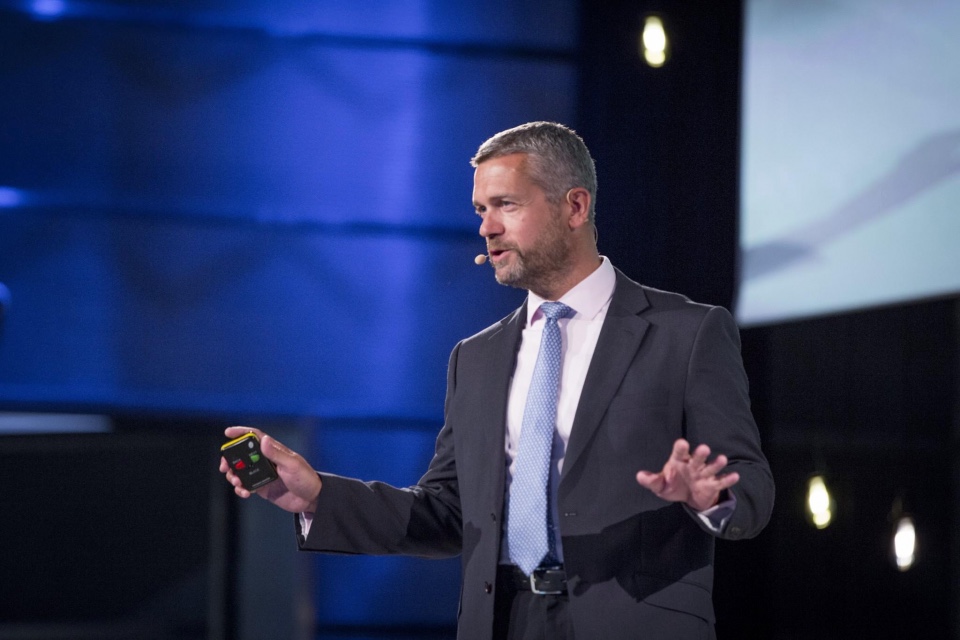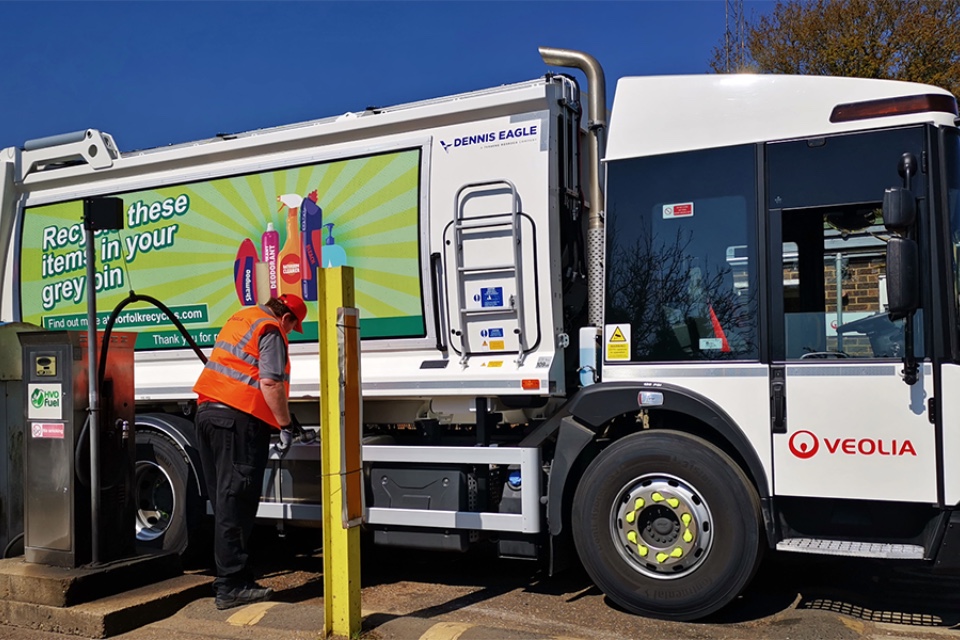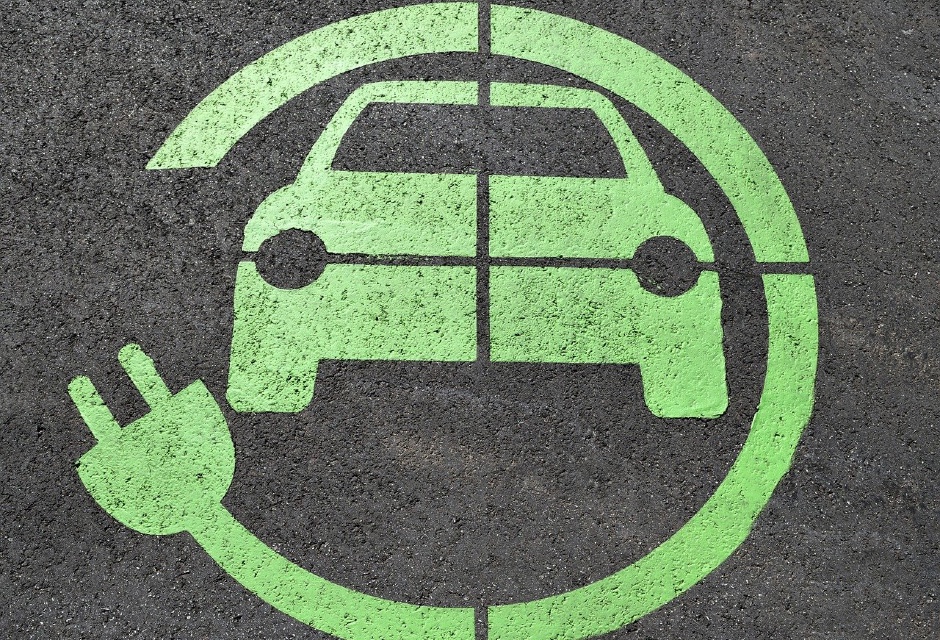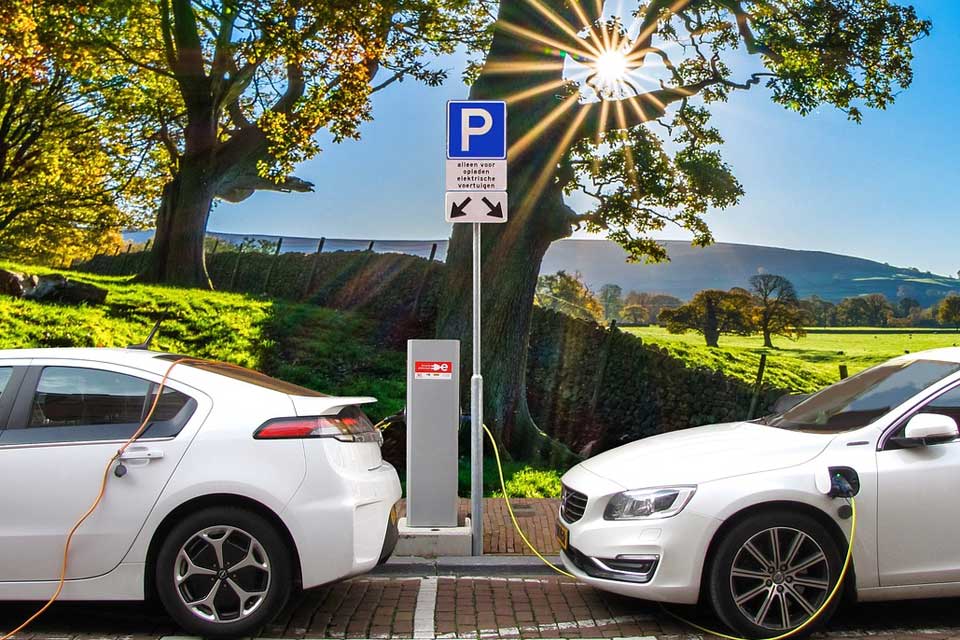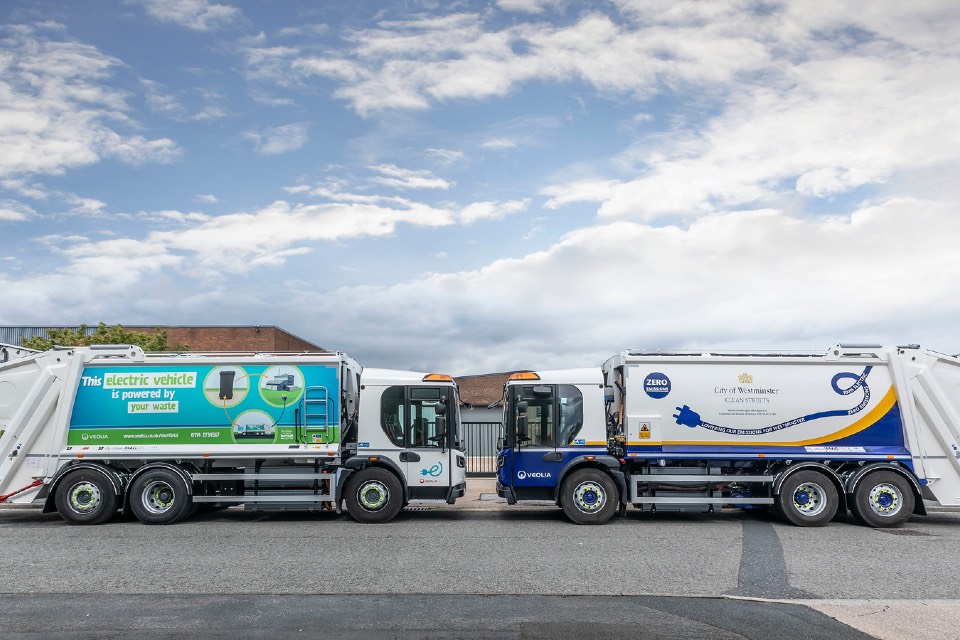By André Dias, CTO and Founder, Daloop
At the beginning of this year, data suggested that 2021 saw a 4.5% drop in fleet and business new car registrations. And yet, despite this overall fall, last year recorded historic Electric Vehicle (EV) uptake within fleets and businesses, with more registrations in 2021 than in the previous five years combined.
In 2022, EV sales continue to grow, and we have witnessed new government commitments including the target of developing over 300,000 charge points across the UK by 2030. With the sale of new combustion engine vehicles set to cease in 2030, it is vital that businesses develop an EV transition plan, with the benefits of doing so far outweighing any downsides.
Future proof your organisation
Across the western world, pressure is increasing on organisations to become sustainable. Recent studies show that consumers have become increasingly eco-conscious, while governments continue to pass laws in an attempt to reduce carbon emissions and other pollutants from further harming our planet.
The transportation sector, which includes cars, trucks, planes, trains, and boats, is one of the top sources of greenhouse gas emissions, accounting for 37% of CO2 emissions from end‐use sectors. Organisations clearly have a huge role to play in reducing this figure.
With sales of combustion engine vehicles set to end in the UK, EU, and US by 2035, the onus is on businesses as well as local councils to begin to strategize ways to adopt carbon-neutral vehicles. Of course, this will be a gradual step and dependent on each organisation’s strategy and industry trends, with some industries naturally having an easier transition than others.
A recent study found that 83% of large commercial fleet operators cited environmental benefits as a top motivation for electrifying fleets. The general feeling is that change is afoot, with governmental and consumer pressure adding to the many reasons for transitioning to carbon neutral mobility. By doing so, organisations can solidify their reputation as being socially responsible and environmentally compliant and ensure that they reduce the risk of falling foul of any potential future environmental regulations.
Financially, it makes sense
With the current cost of living crisis affecting the global population, concerns have arisen as to whether many will be able to afford the investment into EVs, especially as incentives are slowly withdrawn. However, from a financial perspective, EVs are a worthy expenditure.
Firstly, reports have shown that despite rising energy costs, it remains far cheaper to charge an EV than to fill up a tank of petrol with electricity prices remaining lower than the cost of petrol. Alongside this, the increasing investment and proliferation of charge point infrastructure allows fleet managers to choose the charger or vehicle that best fits their organisation and employees’ needs and budgets.
In preparation for fleet electrification, there are many online resources allowing businesses to decipher key data such as how much CO2 their fleet currently emits, or the potential tax savings of electrifying their fleet. Here at Daloop, we recently launched our EV charge point calculator, helping organisations to calculate the number of charge points needed in staff car parks through a simple formula using staff numbers and fleet management estimates, such as the percentage of staff using a personal vehicle and those who have access to home charging. These tools reiterate the innovations leading to cost-savings associated with electric mobility.
Implementing an EV charging infrastructure, especially for consumer-facing businesses such as retailers and leisure companies, can also be monetised to create a new income stream. Not only this, but EV charging facilities encourage customers to stay longer in-store or on-site, potentially leading to for higher customer spending. For businesses in other sectors, installing local charging infrastructure can create further revenue through also create revenue through energy optimisation schemes.
While some have been scrapped – most notably the plug-in grant – financial incentives remain to electrify fleets. In the UK, electric mobility is currently exempt from annual road tax and the workplace charging scheme is still in operation (in which businesses can subsidise staff charge point installation with a government grant). Meanwhile, for London-based fleets, EVs are eligible for the Cleaner Vehicle Discount.
Optimising investment
A growing number of businesses are considering or have already started electrifying their fleets. This will only continue as confidence grows, which will naturally take place as more people join the transition and EV infrastructure expands.
But for any business that transitions to an electrified fleet, data-driven supervision is essential. To truly optimise their investment, it is beneficial to have an intelligent software solution that can link vehicles, charge points, the electric grid, and the driver to ensure maximum control, confidence, and oversight.
Having a data-driven management platform enables fleet managers to prioritise charge points in offices and depots for commercial vehicles, meaning that these vehicles have enough journey charge on any given day. It can also ensure that they optimise energy usage, providing businesses with the means to continue making the best financial decisions for their fleet long after the initial transition.
The software that fleet managers and businesses use to manage their operations during and after their electric transition is just as essential in keeping their vehicles operational as the charge points themselves. With the correct, data-driven approach, the EV transition can be a seamless and valuable choice for any individual or business without compromising on either efficiency or costs.
With new technologies and infrastructural improvements, continued emission reduction legislation, and the many financial and environmental benefits, transitioning to an electric fleet is becoming easier and EV anxiety is fading. Fleet electrification is no longer simply desirable – it has become inevitable.





